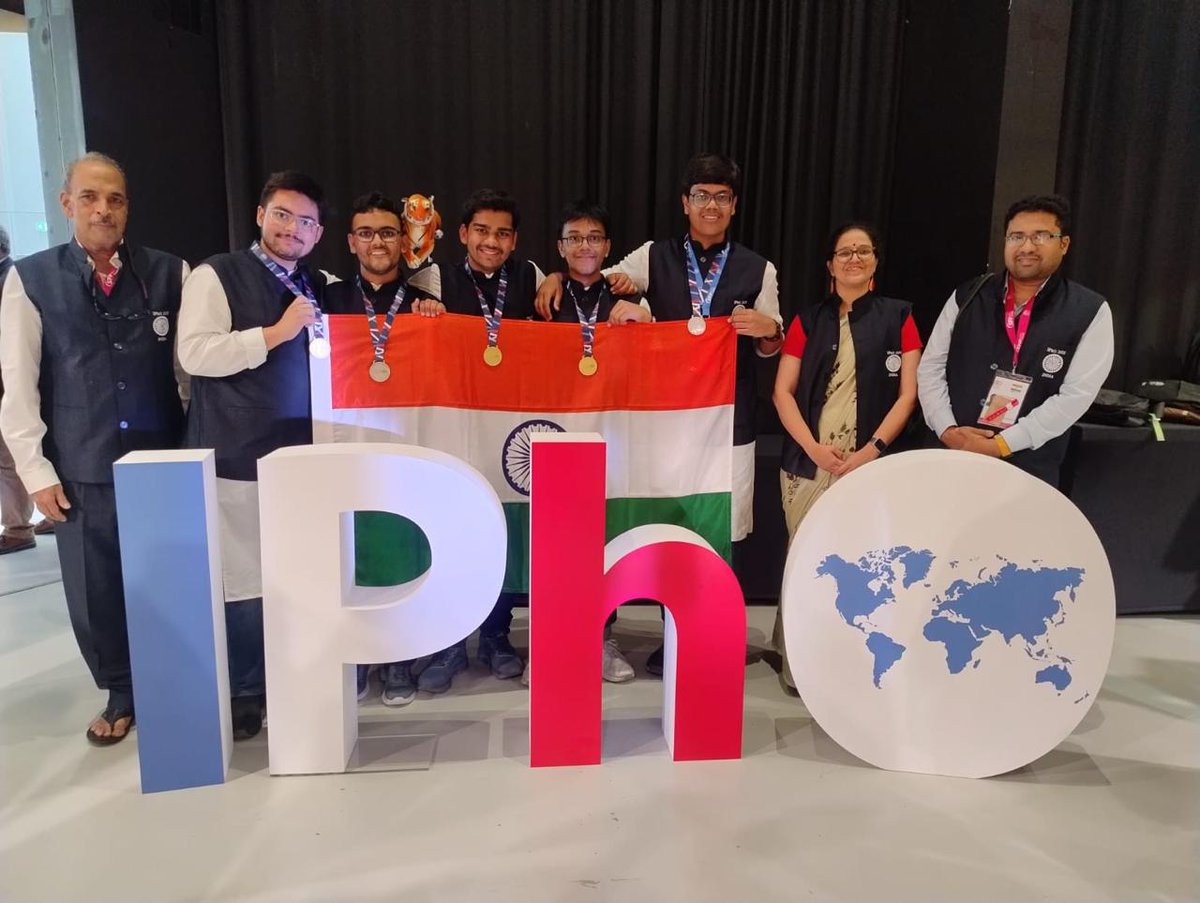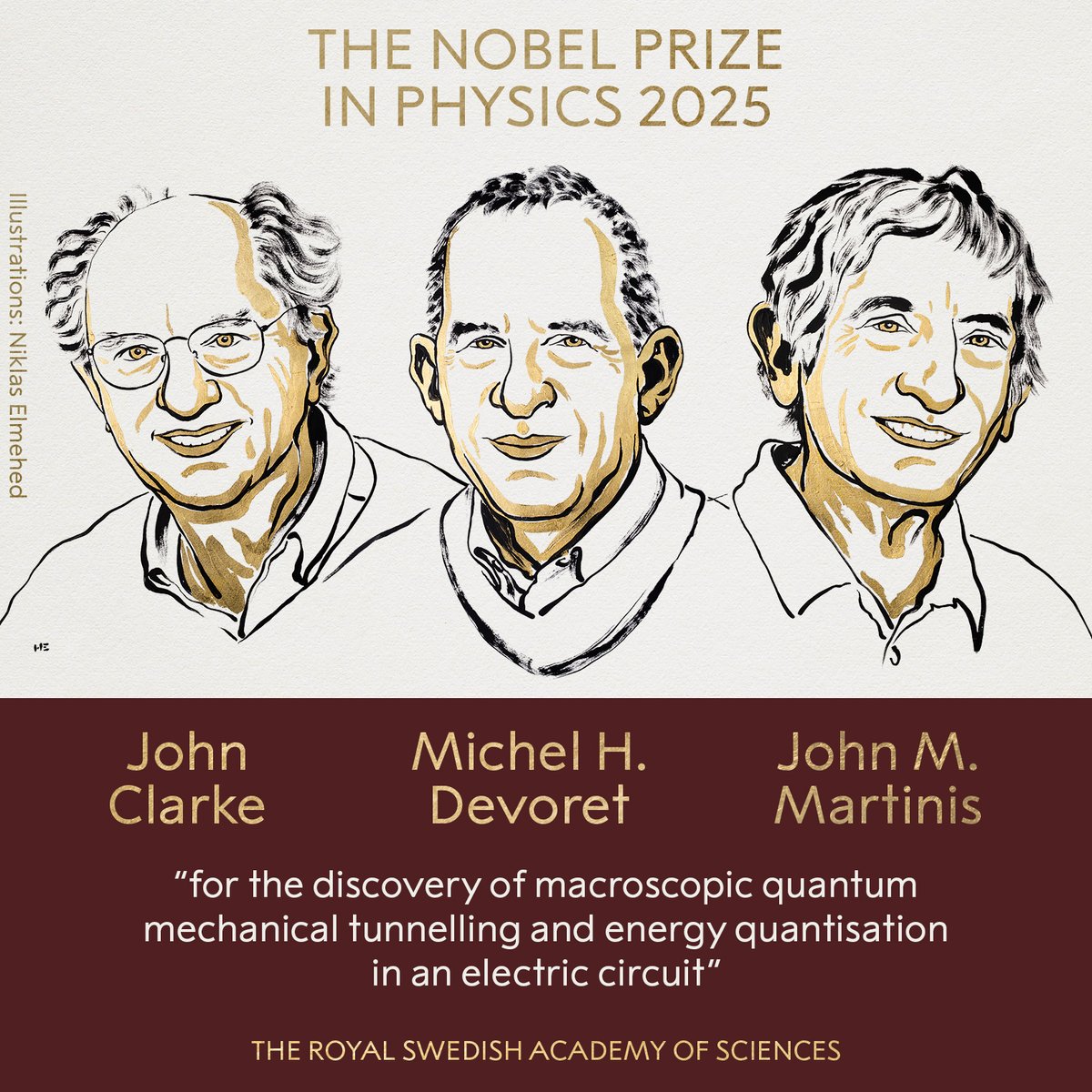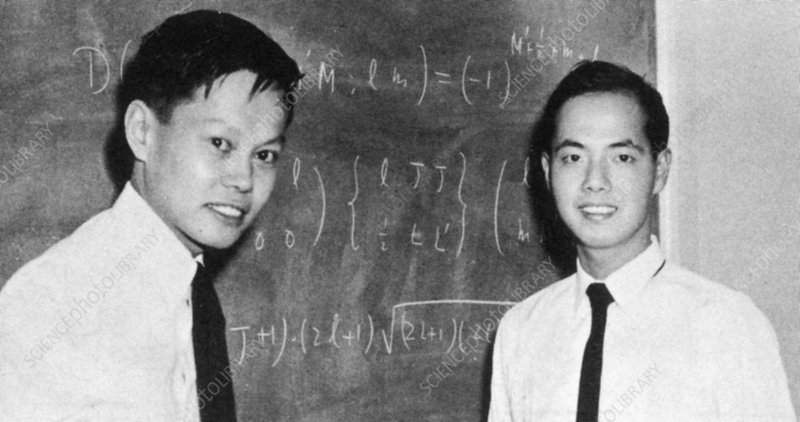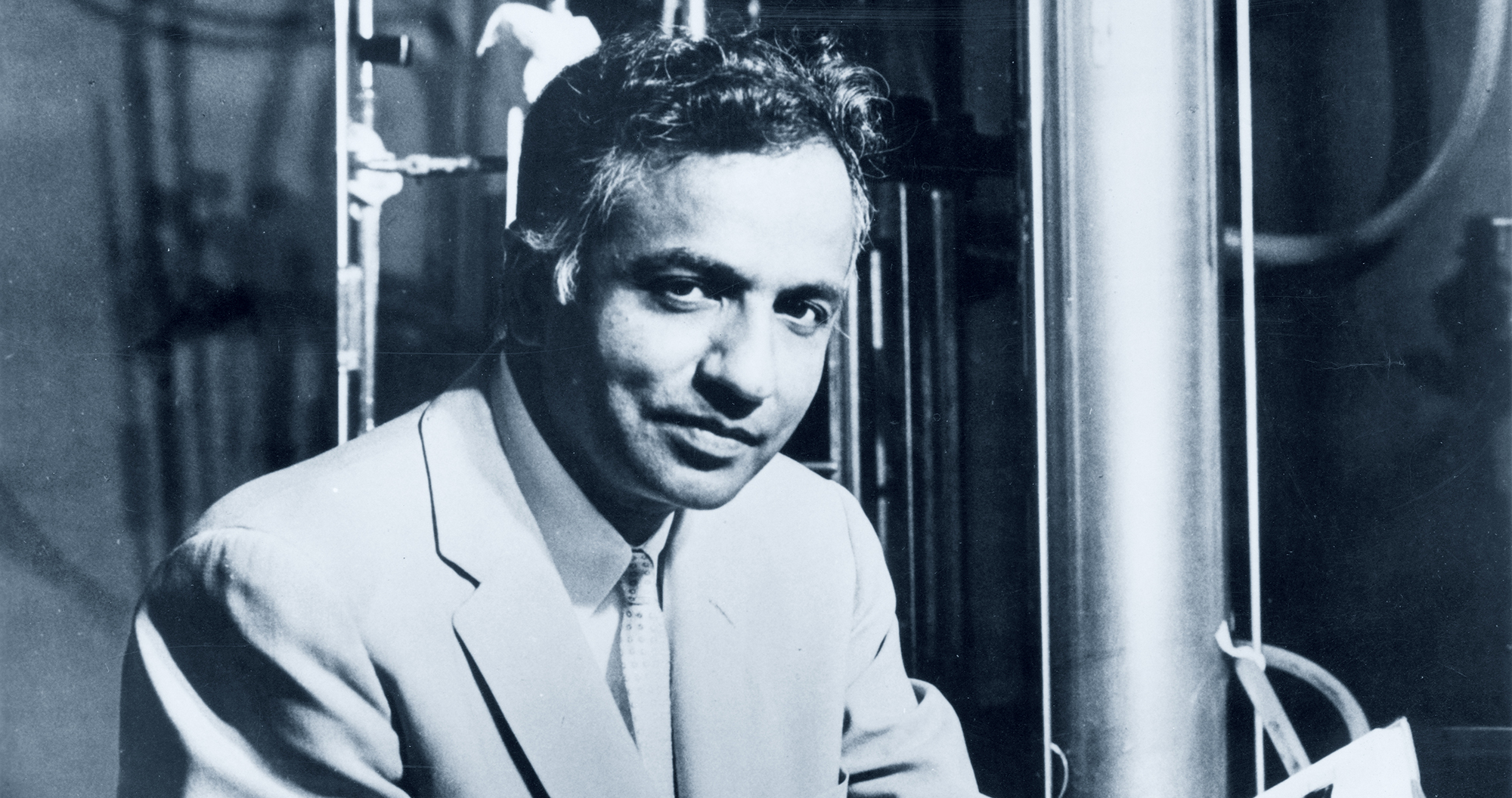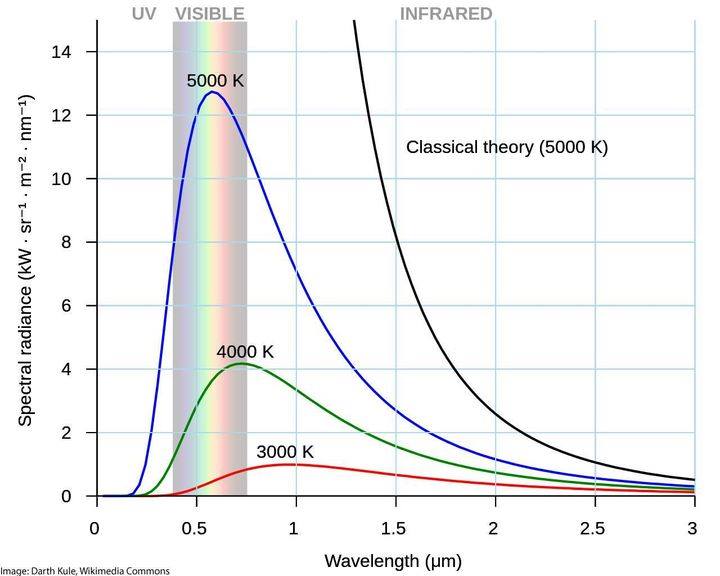Sharing from MIT News:
LIGO, Virgo, and KAGRA celebrate the anniversary of the first detection of gravitational waves and announce verification of Stephen Hawking’s black hole area theorem.
(About 70+ posts about LIGO and Gravitational waves by me with news and physics understanding in BRF - Nice article sharing because it may require subscription)
Ten years later, LIGO is a black-hole hunting machine
>>>
The following article is adapted from a press release issued by the Laser Interferometer Gravitational-wave Observatory (LIGO) Laboratory. LIGO is funded by the National Science Foundation and operated by Caltech and MIT, which conceived and built the project.
On Sept. 14, 2015, a signal arrived on Earth, carrying information about a pair of remote black holes that had spiraled together and merged. The signal had traveled about 1.3 billion years to reach us at the speed of light — but it was not made of light. It was a different kind of signal: a quivering of space-time called gravitational waves first predicted by Albert Einstein 100 years prior. On that day 10 years ago, the twin detectors of the U.S. National Science Foundation Laser Interferometer Gravitational-wave Observatory (NSF LIGO) made the first-ever direct detection of gravitational waves, whispers in the cosmos that had gone unheard until that moment.
The historic discovery meant that researchers could now sense the universe through three different means. Light waves, such as X-rays, optical, radio, and other wavelengths of light, as well as high-energy particles called cosmic rays and neutrinos, had been captured before, but this was the first time anyone had witnessed a cosmic event through the gravitational warping of space-time. For this achievement, first dreamed up more than 40 years prior, three of the team’s founders won the 2017 Nobel Prize in Physics: MIT’s Rainer Weiss, professor emeritus of physics (who recently passed away at age 92); Caltech’s Barry Barish, the Ronald and Maxine Linde Professor of Physics, Emeritus; and Caltech’s Kip Thorne, the Richard P. Feynman Professor of Theoretical Physics, Emeritus.
Today, LIGO, which consists of detectors in both Hanford, Washington, and Livingston, Louisiana, routinely observes roughly one black hole merger every three days. LIGO now operates in coordination with two international partners, the Virgo gravitational-wave detector in Italy and KAGRA in Japan. Together, the gravitational-wave-hunting network, known as the LVK (LIGO, Virgo, KAGRA), has captured a total of about 300 black hole mergers, some of which are confirmed while others await further analysis. During the network’s current science run, the fourth since the first run in 2015, the LVK has discovered more than 200 candidate black hole mergers, more than double the number caught in the first three runs.
The dramatic rise in the number of LVK discoveries over the past decade is owed to several improvements to their detectors — some of which involve cutting-edge quantum precision engineering. The LVK detectors remain by far the most precise rulers for making measurements ever created by humans. The space-time distortions induced by gravitational waves are incredibly miniscule. For instance, LIGO detects changes in space-time smaller than 1/10,000 the width of a proton. That’s 1/700 trillionth the width of a human hair.
“Rai Weiss proposed the concept of LIGO in 1972, and I thought, ‘This doesn’t have much chance at all of working,’” recalls Thorne, an expert on the theory of black holes. “It took me three years of thinking about it on and off and discussing ideas with Rai and Vladimir Braginsky [a Russian physicist], to be convinced this had a significant possibility of success. The technical difficulty of reducing the unwanted noise that interferes with the desired signal was enormous. We had to invent a whole new technology. NSF was just superb at shepherding this project through technical reviews and hurdles.”
Nergis Mavalvala, the Curtis and Kathleen Marble Professor of Astrophysics at MIT and dean of the MIT School of Science, says that the challenges the team overcame to make the first discovery are still very much at play. “From the exquisite precision of the LIGO detectors to the astrophysical theories of gravitational-wave sources, to the complex data analyses, all these hurdles had to be overcome, and we continue to improve in all of these areas,” Mavalvala says. “As the detectors get better, we hunger for farther, fainter sources. LIGO continues to be a technological marvel.”
The clearest signal yet
LIGO’s improved sensitivity is exemplified in a recent discovery of a black hole merger referred to as GW250114. (The numbers denote the date the gravitational-wave signal arrived at Earth: January 14, 2025.) The event was not that different from LIGO’s first-ever detection (called GW150914) — both involve colliding black holes about 1.3 billion light-years away with masses between 30 to 40 times that of our sun. But thanks to 10 years of technological advances reducing instrumental noise, the GW250114 signal is dramatically clearer.
“We can hear it loud and clear, and that lets us test the fundamental laws of physics,” says LIGO team member Katerina Chatziioannou, Caltech assistant professor of physics and William H. Hurt Scholar, and one of the authors of a new study on GW250114 published in the Physical Review Letters.
By analyzing the frequencies of gravitational waves emitted by the merger, the LVK team provided the best observational evidence captured to date for what is known as the black hole area theorem, an idea put forth by Stephen Hawking in 1971 that says the total surface areas of black holes cannot decrease. When black holes merge, their masses combine, increasing the surface area. But they also lose energy in the form of gravitational waves. Additionally, the merger can cause the combined black hole to increase its spin, which leads to it having a smaller area. The black hole area theorem states that despite these competing factors, the total surface area must grow in size.
Later, Hawking and physicist Jacob Bekenstein concluded that a black hole’s area is proportional to its entropy, or degree of disorder. The findings paved the way for later groundbreaking work in the field of quantum gravity, which attempts to unite two pillars of modern physics: general relativity and quantum physics.
In essence, the LIGO detection allowed the team to “hear” two black holes growing as they merged into one, verifying Hawking’s theorem. (Virgo and KAGRA were offline during this particular observation.) The initial black holes had a total surface area of 240,000 square kilometers (roughly the size of Oregon), while the final area was about 400,000 square kilometers (roughly the size of California) — a clear increase. This is the second test of the black hole area theorem; an initial test was performed in 2021 using data from the first GW150914 signal, but because that data were not as clean, the results had a confidence level of 95 percent compared to 99.999 percent for the new data.
Thorne recalls Hawking phoning him to ask whether LIGO might be able to test his theorem immediately after he learned of the 2015 gravitational-wave detection. Hawking died in 2018 and sadly did not live to see his theory observationally verified. “If Hawking were alive, he would have reveled in seeing the area of the merged black holes increase,” Thorne says.
The trickiest part of this type of analysis had to do with determining the final surface area of the merged black hole. The surface areas of pre-merger black holes can be more readily gleaned as the pair spiral together, roiling space-time and producing gravitational waves. But after the black holes coalesce, the signal is not as clear-cut. During this so-called ringdown phase, the final black hole vibrates like a struck bell.
In the new study, the researchers precisely measured the details of the ringdown phase, which allowed them to calculate the mass and spin of the black hole and, subsequently, determine its surface area. More specifically, they were able, for the first time, to confidently pick out two distinct gravitational-wave modes in the ringdown phase. The modes are like characteristic sounds a bell would make when struck; they have somewhat similar frequencies but die out at different rates, which makes them hard to identify. The improved data for GW250114 meant that the team could extract the modes, demonstrating that the black hole’s ringdown occurred exactly as predicted by math models based on the Teukolsky formalism — devised in 1972 by Saul Teukolsky, now a professor at Caltech and Cornell University.
Another study from the LVK, submitted to Physical Review Letters today, places limits on a predicted third, higher-pitched tone in the GW250114 signal, and performs some of the most stringent tests yet of general relativity’s accuracy in describing merging black holes.
“A decade of improvements allowed us to make this exquisite measurement,” Chatziioannou says. “It took both of our detectors, in Washington and Louisiana, to do this. I don’t know what will happen in 10 more years, but in the first 10 years, we have made tremendous improvements to LIGO’s sensitivity. This not only means we are accelerating the rate at which we discover new black holes, but we are also capturing detailed data that expand the scope of what we know about the fundamental properties of black holes.”
Jenne Driggers, detection lead senior scientist at LIGO Hanford, adds, “It takes a global village to achieve our scientific goals. From our exquisite instruments, to calibrating the data very precisely, vetting and providing assurances about the fidelity of the data quality, searching the data for astrophysical signals, and packaging all that into something that telescopes can read and act upon quickly, there are a lot of specialized tasks that come together to make LIGO the great success that it is.”
Pushing the limits
LIGO and Virgo have also unveiled neutron stars over the past decade. Like black holes, neutron stars form from the explosive deaths of massive stars, but they weigh less and glow with light. Of note, in August 2017, LIGO and Virgo witnessed an epic collision between a pair of neutron stars — a kilonova — that sent gold and other heavy elements flying into space and drew the gaze of dozens of telescopes around the world, which captured light ranging from high-energy gamma rays to low-energy radio waves. The “multi-messenger” astronomy event marked the first time that both light and gravitational waves had been captured in a single cosmic event. Today, the LVK continues to alert the astronomical community to potential neutron star collisions, who then use telescopes to search the skies for signs of kilonovae.
“The LVK has made big strides in recent years to make sure we’re getting high-quality data and alerts out to the public in under a minute, so that astronomers can look for multi-messenger signatures from our gravitational-wave candidates,” Driggers says.
“The global LVK network is essential to gravitational-wave astronomy,” says Gianluca Gemme, Virgo spokesperson and director of research at the National Institute of Nuclear Physics in Italy. “With three or more detectors operating in unison, we can pinpoint cosmic events with greater accuracy, extract richer astrophysical information, and enable rapid alerts for multi-messenger follow-up. Virgo is proud to contribute to this worldwide scientific endeavor.”
Other LVK scientific discoveries include the first detection of collisions between one neutron star and one black hole; asymmetrical mergers, in which one black hole is significantly more massive than its partner black hole; the discovery of the lightest black holes known, challenging the idea that there is a “mass gap” between neutron stars and black holes; and the most massive black hole merger seen yet with a merged mass of 225 solar masses. For reference, the previous record holder for the most massive merger had a combined mass of 140 solar masses.
Even in the decades before LIGO began taking data, scientists were building foundations that made the field of gravitational-wave science possible. Breakthroughs in computer simulations of black hole mergers, for example, allow the team to extract and analyze the feeble gravitational-wave signals generated across the universe.
LIGO’s technological achievements, beginning as far back as the 1980s, include several far-reaching innovations, such as a new way to stabilize lasers using the so-called Pound–Drever–Hall technique. Invented in 1983 and named for contributing physicists Robert Vivian Pound, the late Ronald Drever of Caltech (a founder of LIGO), and John Lewis Hall, this technique is widely used today in other fields, such as the development of atomic clocks and quantum computers. Other innovations include cutting-edge mirror coatings that almost perfectly reflect laser light; “quantum squeezing” tools that enable LIGO to surpass sensitivity limits imposed by quantum physics; and new artificial intelligence methods that could further hush certain types of unwanted noise.
“What we are ultimately doing inside LIGO is protecting quantum information and making sure it doesn’t get destroyed by external factors,” Mavalvala says. “The techniques we are developing are pillars of quantum engineering and have applications across a broad range of devices, such as quantum computers and quantum sensors.”
In the coming years, the scientists and engineers of LVK hope to further fine-tune their machines, expanding their reach deeper and deeper into space. They also plan to use the knowledge they have gained to build another gravitational-wave detector, LIGO India. Having a third LIGO observatory would greatly improve the precision with which the LVK network can localize gravitational-wave sources.
Looking farther into the future, the team is working on a concept for an even larger detector, called Cosmic Explorer, which would have arms 40 kilometers long. (The twin LIGO observatories have 4-kilometer arms.) A European project, called Einstein Telescope, also has plans to build one or two huge underground interferometers with arms more than 10 kilometers long. Observatories on this scale would allow scientists to hear the earliest black hole mergers in the universe.
“Just 10 short years ago, LIGO opened our eyes for the first time to gravitational waves and changed the way humanity sees the cosmos,” says Aamir Ali, a program director in the NSF Division of Physics, which has supported LIGO since its inception. “There’s a whole universe to explore through this completely new lens and these latest discoveries show LIGO is just getting started.”
The LIGO-Virgo-KAGRA Collaboration
LIGO is funded by the U.S. National Science Foundation and operated by Caltech and MIT, which together conceived and built the project. Financial support for the Advanced LIGO project was led by NSF with Germany (Max Planck Society), the United Kingdom (Science and Technology Facilities Council), and Australia (Australian Research Council) making significant commitments and contributions to the project. More than 1,600 scientists from around the world participate in the effort through the LIGO Scientific Collaboration, which includes the GEO Collaboration. Additional partners are listed at my.ligo.org/census.php.
The Virgo Collaboration is currently composed of approximately 1,000 members from 175 institutions in 20 different (mainly European) countries. The European Gravitational Observatory (EGO) hosts the Virgo detector near Pisa, Italy, and is funded by the French National Center for Scientific Research, the National Institute of Nuclear Physics in Italy, the National Institute of Subatomic Physics in the Netherlands, The Research Foundation – Flanders, and the Belgian Fund for Scientific Research. A list of the Virgo Collaboration groups can be found on the project website.
KAGRA is the laser interferometer with 3-kilometer arm length in Kamioka, Gifu, Japan. The host institute is the Institute for Cosmic Ray Research of the University of Tokyo, and the project is co-hosted by the National Astronomical Observatory of Japan and the High Energy Accelerator Research Organization. The KAGRA collaboration is composed of more than 400 members from 128 institutes in 17 countries/regions. KAGRA’s information for general audiences is at the website gwcenter.icrr.u-tokyo.ac.jp/en/. Resources for researchers are accessible at gwwiki.icrr.u-tokyo.ac.jp/JGWwiki/KAGRA.
